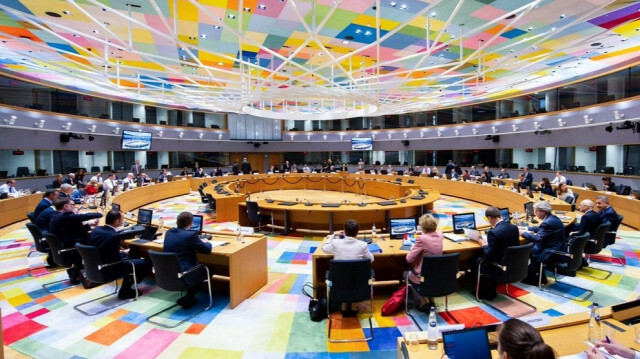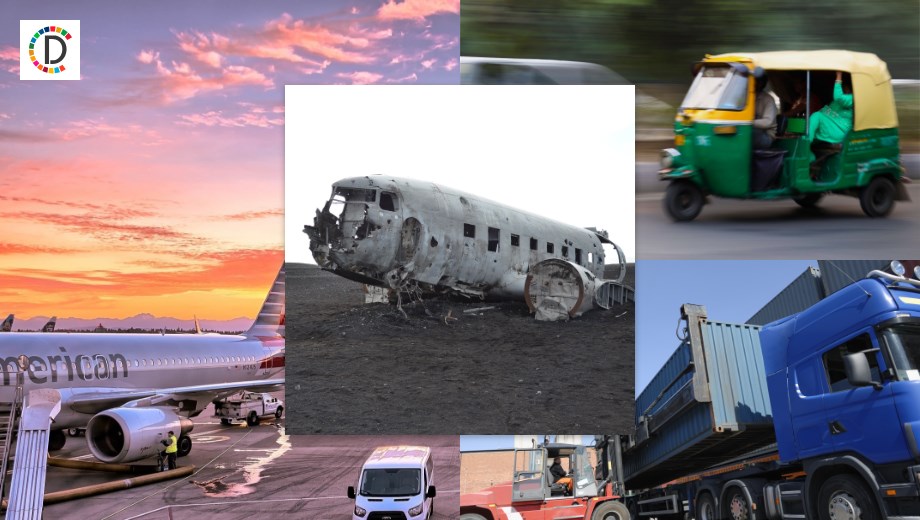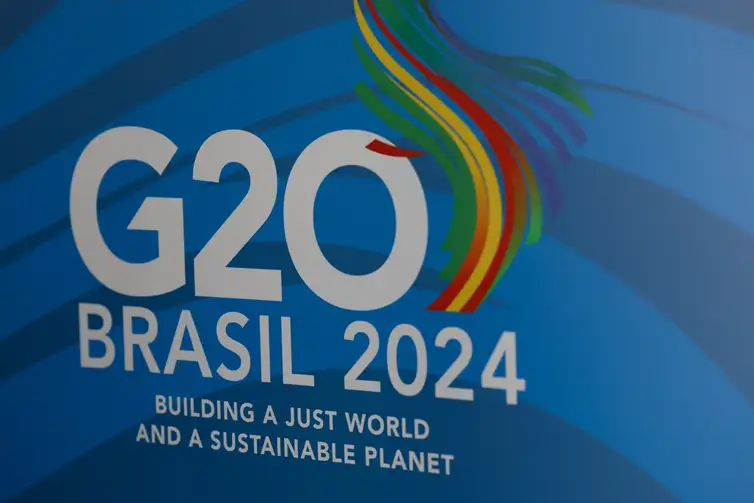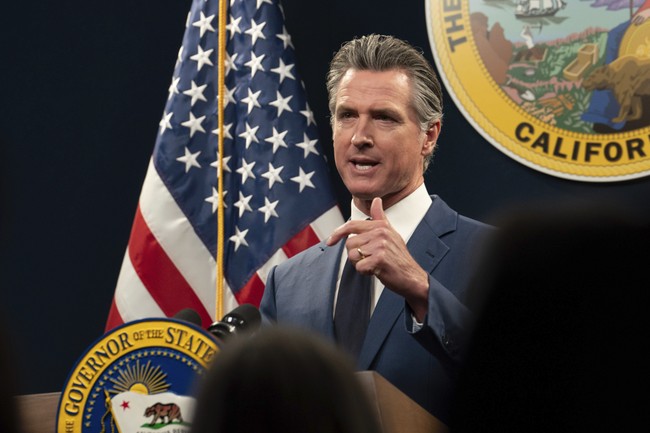EU's New Asylum Policy: Unity or Division?
A newly adopted EU pact on migration aims to streamline asylum procedures and share burdens, but a push from 15 member states for further reforms, including moving asylum seekers to third countries, ignites a complex debate.
Published May 17, 2024 - 00:05am

Image recovered from yenisafak.com
This establishes a set of rules that will help to manage arrivals in an orderly way, create efficient and uniform procedures and ensure fair burden sharing between member states, the Council said in a statement.
These new rules will make the European asylum system more effective and increase solidarity between member states. The European Union will also continue its close cooperation with third countries to tackle the root causes of irregular migration. Only jointly can we find responses to the global migration challenge, the EU body cited Nicole de Moor, State Secretary for Asylum and Migration of Belgium, which currently holds the rotating EU Presidency, as saying.
Quinze countries of the European Union, led by Denmark and the Czech Republic, are advocating for new solutions to more easily transfer migrants to third countries, including during sea rescue operations.
These fifteen countries, including notably Italy and Greece but not Hungary, wish to go beyond the EU's recently adopted migration pact which tightens immigration control in Europe.
They are urging the European Commission to identify, develop and propose new means and solutions to prevent irregular immigration to Europe, according to this letter reviewed by AFP.
They argue for mechanisms that allow detecting, intercepting, and, in cases of distress, rescuing migrants at sea and taking them to a safe place in a partner country outside the EU where sustainable solutions could be found for these migrants.
The fifteen signatories also suggest being able to more easily return asylum seekers to third countries for their claims to be studied.
European law provides that an immigrant arriving in the EU can be sent to an external country of the bloc where they may have requested asylum, provided they have a sufficient connection to this third country. This is currently preventing a model like the UK/Rwanda from being applied.
The application of the concept of +safe third country+ in European asylum law must be re-evaluated, these countries write.
More generally, these countries want to multiply agreements with third countries located along migration routes, citing exemplary partnerships already concluded, such as that with Turkey to retain Syrian refugees in 2016.
We encourage the establishment of comprehensive, mutually beneficial and sustainable partnerships with key partner countries along the migration routes, according to the signatories.
These proposals, aimed at the future European Commission, come less than a month from the European elections for which polls predict a push for anti-immigration parties.
The fifteen signatory countries are Bulgaria, the Czech Republic, Denmark, Finland, Estonia, Greece, Italy, Cyprus, Latvia, Lithuania, Malta, the Netherlands, Austria, Poland, and Romania.
The trends in migration politics across Europe have taken an assertive turn as these fifteen EU countries are explicitly calling for a paradigm shift in managing asylum and migration. The push for the establishment of new protocols and agreements with third countries is primarily driven by a need to ensure the sustainability of European societies, to preserve social cohesion, and to maintain security, according to the governments involved. The broader objective underpinning these proposals is to support the creation of a resilient resource allocation system among EU member states that face significant pressure from new arrivals.
Moreover, the signatory states believe that by enhancing external border controls and establishing clear procedures for returning those not eligible for asylum, the EU can better protect those in genuine need of international protection. The letter emphasizes the importance of safeguarding the fundamental right to asylum while recognizing that a robust and viable European asylum system should not inadvertently encourage human trafficking or misuse of the asylum framework.
Particularly concerning sea rescues, the countries argue for a mechanism that offers a humane yet pragmatic approach, ensuring that persons rescued at sea do not necessarily become the responsibility of European coastal states by default. Instead, by allowing the transfer of such migrants to safe places in partner countries for processing, the signatories anticipate easing the burden on frontline states like Italy and Greece, which have been disproportionately affected by sea arrivals.
Although not a unanimous viewpoint of the entire European Union, the collective stance of these countries underscores the complex nature of migration and the diverse perspectives within the EU. This topic, which is intrinsically linked with issues of sovereignty, humanitarian responsibility, and regional stability, is expected to influence not only the European elections but also the future orientation of EU's migration and asylum policies.
These developments come at a critical juncture wherein the European Commission contemplates reforming the Common European Asylum System. The Commission's role would be crucial in mediating the different interests among member states, aligning new strategies with European values, and engaging with third countries to foster comprehensive partnerships that addresse the multifaceted challenges posed by irregular migration.
As the discussions advance and the European elections approach, all eyes will be on how these proposals and debates around them will evolve. These new dialogues could potentially lay the groundwork for an altered geopolitical relationship between the EU and its neighboring countries, reshaping the landscape of migration policy within the region for years to come.







